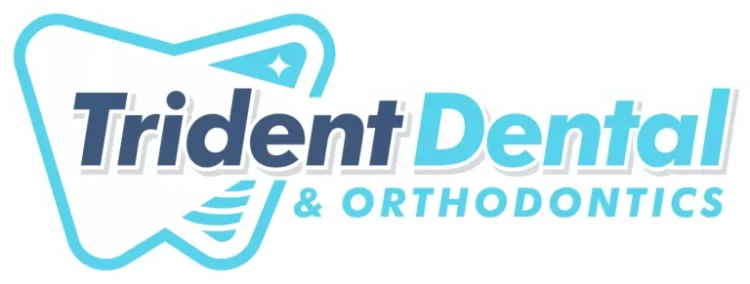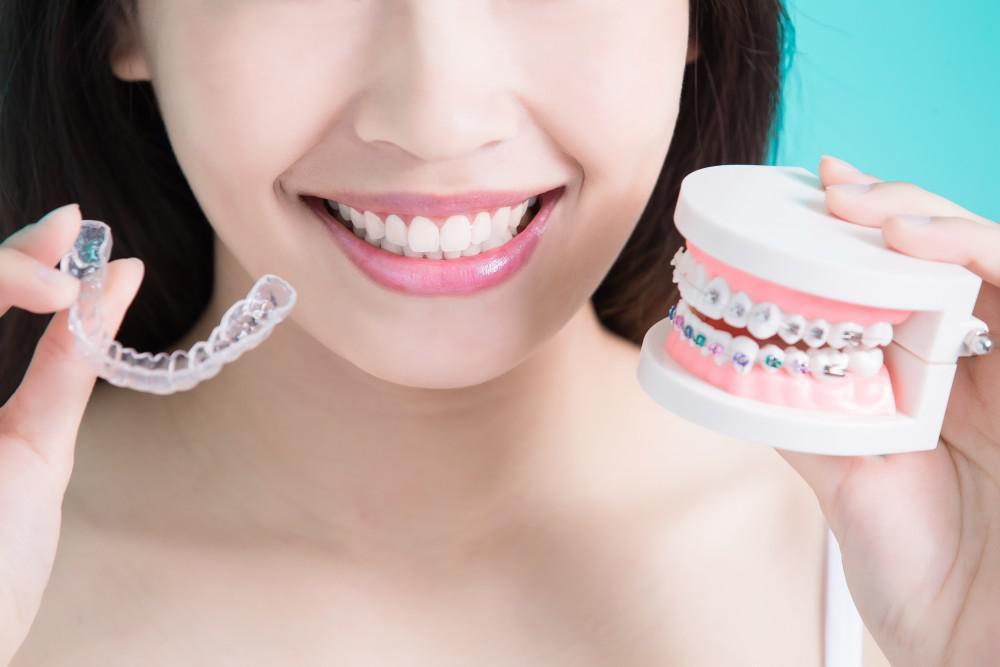Dental braces date back to 1819, when Christophe-Francois Delabarre, a French orthodontist, wrapped wires around his patient’s teeth to prevent shifting.
Today, we have more comfortable and less painful methods to straighten teeth, but we also have almost invisible aligners.
The average orthodontic treatment lasts about 18 months. With so many orthodontic solutions out there, it’s no wonder why so many patients might want to weigh their options before making a final decision.
In this blog, our team at Trident Dental in Houston, Texas, explains what traditional braces and clear aligners are, what they’re used for, and the pros and cons.
Metal or porcelain braces
Traditional braces consist of metal or porcelain brackets glued over the teeth and held together by a metal wire. Brackets can come in various colors, and porcelain brackets can be customized to be less visible.
Here are some pros of using traditional braces:
- Come at a lower cost than other orthodontic solution
- Address severe misalignments
- Provide faster realignment of the teeth
Some of the cons of choosing traditional braces include the following:
- Higher levels of discomfort and pain
- Higher chance of developing cavities during the orthodontic treatment
- Higher risk of enamel damage
You may need to make some dietary changes with traditional braces, as hard and sticky foods can cause the brackets to break or get stuck between the brackets. Patients who opt for metal or porcelain braces should avoid eating nuts, chewy and hard candies, popcorn, and chips.
Clear aligners
Clear aligners are custom-made aligners made from transparent plastic, and they’re commonly used for mild misalignments. You can take these aligners off when eating or drinking.
Here are some pros of using clear aligners:
- Easy to clean and maintain
- Cause less pain during the treatment
- Require less time at the dental office
- Can be removed before eating
There are very few cons to clear aligners. Compared to traditional braces, clear aligners are more aesthetically pleasing and bring fewer restrictions to your lifestyle. However, clear aligners are more costly and can’t be used for severe misalignments.
Get the smile of your dreams with us
According to estimates, nine in 10 Americans have at least a minor misalignment. If you’re looking to improve the aesthetics of your smile, contact us at our office in Houston, TX, to schedule an appointment. We will examine your smile and tell you what type of orthodontic treatment would work best for your cosmetic goals.

